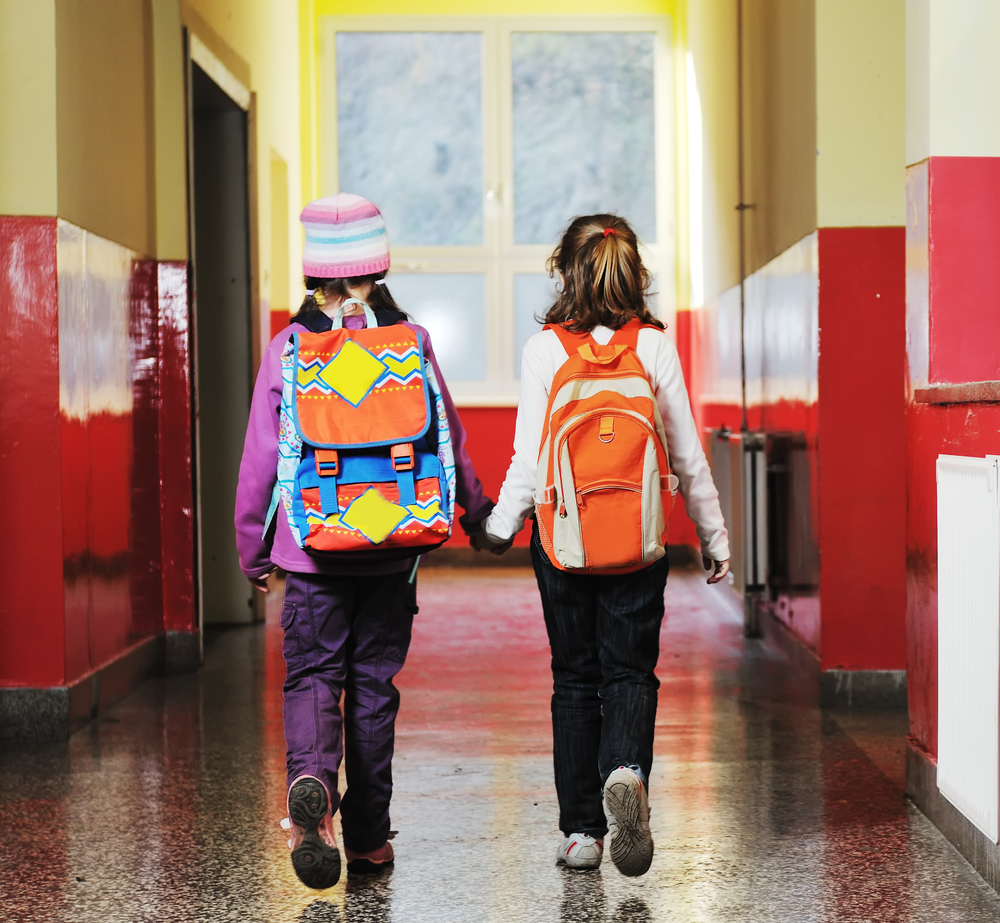With school season in full swing for most children across the country, school staff and parents are making sure that students’ learning environment is as safe and healthy as it can be, especially for those suffering from allergies and asthma.
“Clean, breathable air is essential for everyone at school, not just those with allergies,” says Tonya Winders, President and CEO of Allergy & Asthma Network, a leading national nonprofit patient education and advocacy organization. “For parents of children with asthma, the first step is to speak with an allergist to identify what causes your child’s symptoms and develop an Asthma Action Plan, then work with the school to reduce exposure and keep your child healthy.”
The Network advises all parents of children with allergies and asthma to request a tour of the school premises to see if there are any allergens your child may be exposed to or can actively avoid during the school day. Parents should not hesitate to schedule a meeting with the school’s nurse and teachers to discuss their children’s health concerns. Ensuring each child is safe, healthy and comfortable in his/her learning environment is the joint responsibility of both parents and school staff.
The Allergy & Asthma Network cautions concerned parties to be on the lookout for the following potential sources of allergens and asthma triggers:
1) Mold grows in damp areas both indoors and out.
School staff: Check classrooms for leaky pipes or water damage and report to maintenance. Look for black spots in warm or humid areas, such as bathrooms and locker rooms. Check for discolored or damp carpeting and/or padding, especially underneath windows.
2) Dust mites: Allergens from their dead bodies and waste settle in carpets, upholstered furniture, naptime floor mats, pillows and stuffed animals.
Parents: Give your child washable or dust-mite-proof covers for sleeping mats and pillows. Make sure they are brought home and washed in hot water weekly.
School staff: Avoid or minimize stuffed animals in the classroom; use only washable stuffed animals.
Maintenance personnel: Vacuum carpets and keep window blinds free of dust.
3) Pets shed animal dander — tiny particles of protein from the skin and saliva — that collects in carpets and dust.
Parents: Request that dogs, cats, hamsters and other furry or feathered pets not be allowed in classrooms.
4) Cockroaches and rodents leave behind allergens wherever they are. These pests need water and food to survive.
School staff: Store food and water in tightly closed containers, including items for class or science projects. Clean crumbs and food/beverage spills right away.
Maintenance personnel: Seal cracks in walls and under sinks that invite pests.
5) Idling buses: exhaust fumes are not only dangerous in parking areas — they can enter school classrooms through ventilation systems.
Parents: Ask school administration to establish a “No Idling” policy for school buses.
6) Chemicals, perfumes and other strong odors: some classroom, art and science supplies contain harsh chemicals, including formaldehyde, which can cause breathing problems and burning in the eyes and throat.
Parents: Schedule a meeting with the science teacher and ask about alternatives to class projects involving chemicals.
School staff: Establish a “No Perfume” classroom rule, including other cosmetics with a strong scent. Don’t use cleaning products or scented air fresheners. Use no-odor dry-erase markers and other school supplies.
7) Chalk dust is an immediate irritant to anyone who breathes it in, particularly people with asthma.
School staff: Clean chalkboards and erasers when students are out of the room. Seat students with asthma away from chalkboards. Consider using a dry-erase board.
8) Secondhand smoke is dangerous for everyone, especially children with asthma, setting off symptoms and causing long-term lung damage.
School staff: Enforce no-smoking policies for students and staff on school grounds and on school buses.
In addition to the Allergy & Asthma Network, The American Lung Association also released its own version of a back-to-school checklist this year for children suffering from allergies and asthma. Click here to learn more.

